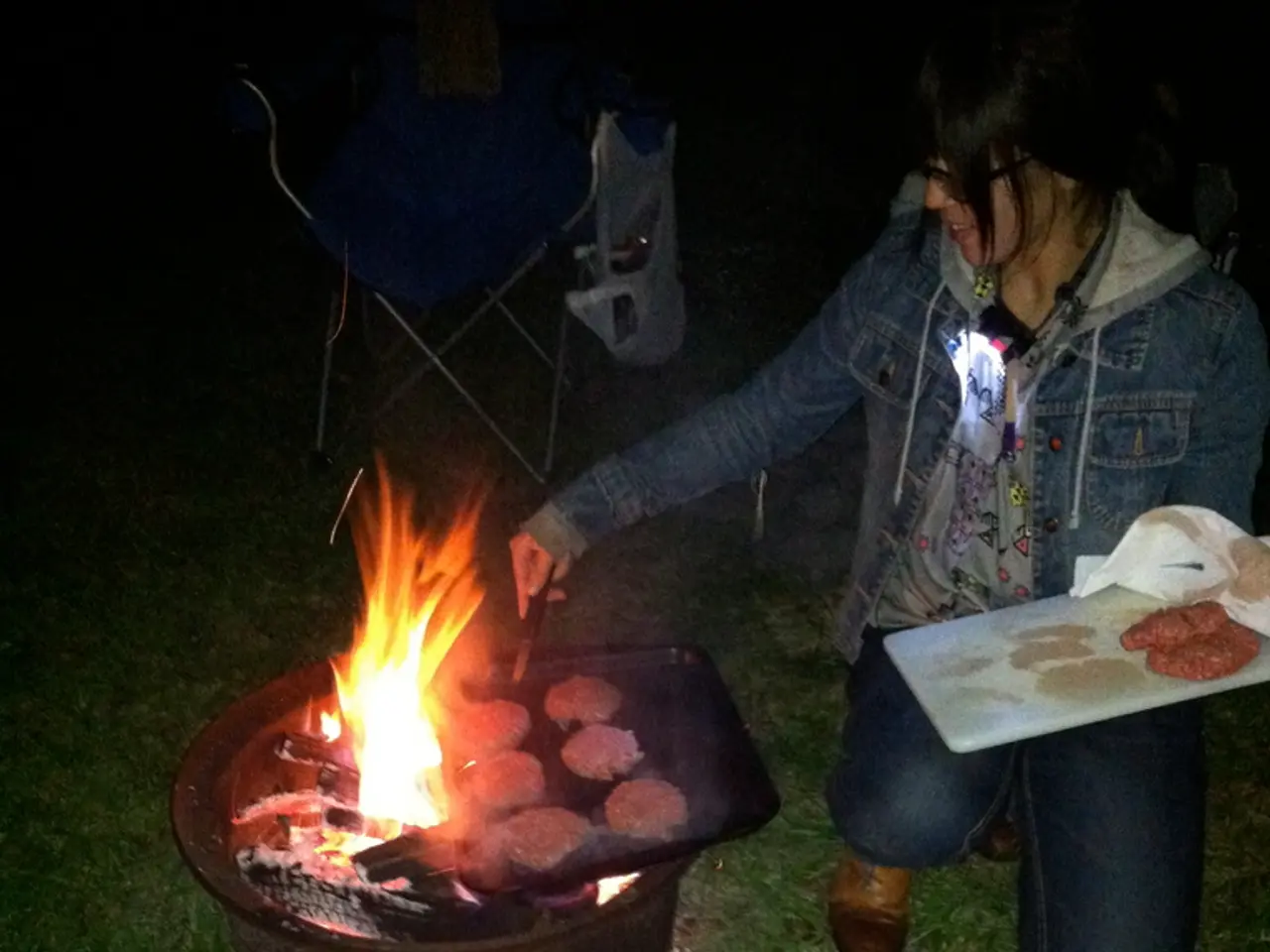The Severity of Neglecting Regular Oven Cleaning
In the kitchen, safety and cleanliness are of utmost importance. The California Air Resources Board has expressed concerns about indoor air pollution related to cooking, and common practices emphasize vigilance, toxin avoidance, regular maintenance, and proper food handling.
Safe Cooking and Home Cooking Fire Prevention
To prevent kitchen fires, it's crucial to stay present at the stove, always keeping a watchful eye while cooking on the stovetop. If leaving even briefly, turn off burners. Loose sleeves should be avoided near open flames to prevent catching fire, and flammable items such as oven mitts, wood utensils, packaging, and dish towels should be kept away from heat sources.
For baking or roasting, use timers and monitor progress to prevent burning or fire. A lid should be kept ready for smothering fires in case of pan fires; cover with a lid and turn off the burner to smother flames, and never use water or flour on grease fires. If a fire occurs and is unmanageable, evacuate safely, closing doors behind you and calling 9-1-1 from outside.
Indoor Air Quality and Toxin Reduction in the Kitchen
To maintain good indoor air quality, it's advisable to avoid nonstick cookware with PFAS (such as Teflon), as these can release toxic fumes when overheated and leach harmful chemicals into food. Be cautious with ceramic-coated and aluminum pans, choosing trusted brands to avoid heavy metals or harmful leaching, and aluminum can react with acidic foods.
Prefer safer cookware such as cast iron (with seasoning), stainless steel, or untreated solid wood utensils. Replace worn cookware, as deteriorated nonstick coatings can release microplastics and chemicals, typically replacing nonstick pans every 3-5 years. Replace high-heat silicone tools periodically, as silicone may leach chemicals at high temperatures (above 425°F); consider alternatives like stainless or enamel bakeware for high heat use.
Regular maintenance of kitchen tools like plastic cutting boards, utensils, sponges, peelers, and can openers is necessary to prevent bacterial buildup and contamination. Use toxin-free cleaning and storage products to minimize chemical exposure and align with detoxifying the kitchen environment.
Cleaning Trends and Kitchen Hygiene
The National Cleaning Institute conducted a 2019 National Cleaning Survey, finding that more households will spring clean this year than any other. This trend aligns with the CDC's food safety guidelines, which recommend Cleaning surfaces and utensils before and after food preparation to prevent contamination.
Additional Food Safety Tips
The CDC advises for food safety: Chill, Separate, Cook, Clean (inverse order of the original list). Cook food thoroughly to kill harmful bacteria, separate raw meats from other foods to prevent cross-contamination, and refrigerate promptly to keep food cool and slow bacterial growth.
The California Air Resources Board's concerns about indoor air pollution related to cooking underscore the importance of maintaining a safe and clean kitchen environment. By following these guidelines, home cooks can ensure a healthy and enjoyable cooking experience.
Maintaining a healthy and enjoyable cooking experience within a safe kitchen environment also involves minding one's lifestyle choices when it comes to home-and-garden decision-making. For instance, opting for safer cookware like cast iron, stainless steel, or untreated solid wood utensils can minimize the release of harmful chemicals while promoting a healthier cooking lifestyle. Furthermore, adopting a home-and-garden practice of regularly replacing nonstick pans and high-heat silicone tools can help prevent the accumulation of toxins and contaminants in one's kitchen, thus fostering a cleaner and more hygienic living space.





